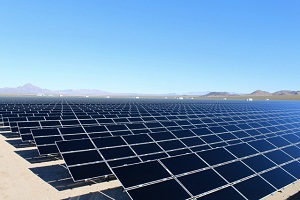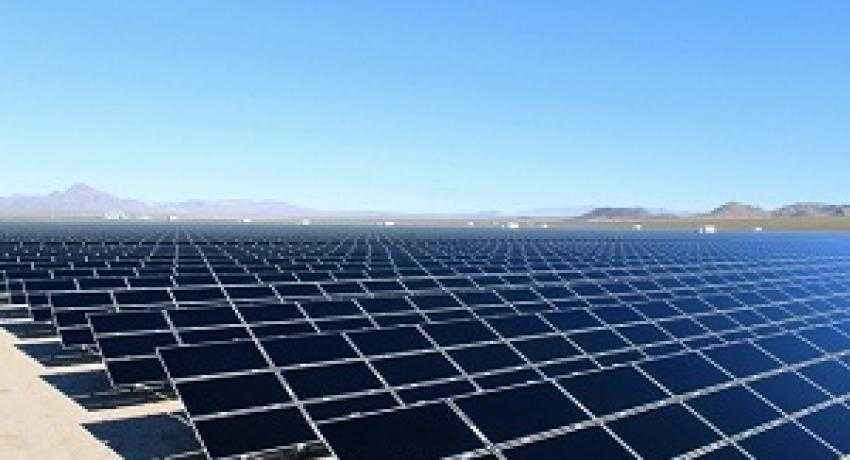Week In Review: Solar on the Rebound
 Last week, the solar industry moved forward in number of ways. For instance, it appears PV manufacturers are set to start increasing spending. In addition, the first giant concentrated solar power tower system started putting some power on the grid in a series of testing. It also looks like advanced silicon-based PV has the best chance of meeting the SunShot Initiative’s goals of $1 per watt installed. But the most efficient solar available now is Semprius’ concentrated photovoltaic (CPV) system. All of this news signifies one thing: that solar solutions will continue to encompass a number of technologies in the future.
Last week, the solar industry moved forward in number of ways. For instance, it appears PV manufacturers are set to start increasing spending. In addition, the first giant concentrated solar power tower system started putting some power on the grid in a series of testing. It also looks like advanced silicon-based PV has the best chance of meeting the SunShot Initiative’s goals of $1 per watt installed. But the most efficient solar available now is Semprius’ concentrated photovoltaic (CPV) system. All of this news signifies one thing: that solar solutions will continue to encompass a number of technologies in the future.
Solar manufacturing hit a rough patch during the past few years as more manufacturers entered into the market, flooding it with too much PV, which in turn drove the prices down and forced some PV companies to shutter their manufacturing all together. Now it looks like the market is leveling out and PV companies are expected to increase spending on materials for the first time since 2011, according to data from IHS Inc.’s latest PV Manufacturing & Capital Spending Tool. The company anticipates that spending in the solar segment will rise to $3 billion in 2014.
BrightSource’s Ivanpah Solar Electric Generating System is coming close to completion. In fact, just last week, the company announced that it conducted its first on-grid test, a major milestone for the project since it demonstrates that the company’s technology works as expected, even though the test was only for the first of the three units at the 392 megawatt project. The test, according to BrightSource, shows proof of concept. That proof should help the company and other CSP companies draw additional funding for projects in the future. The project is owned by NRG Energy, Google and BrightSource.
While the future of solar looks diverse, the least expensive version of solar is likely to be aversion of the most popular PV technology today, silicon PV. A new Lux Research report published last week found that the most likely technology to meet the Department of Energy SunShot Initiative goal of $1 per installed watt for homeowners is advanced crystalline silicon technologies. It's important to note, however, that the report considered it unlikely that the SunShot goal will be met by 2020. It’s more likely, according to Lux, that PV modules will cost 50 cents per watt by 2030.
Advanced silicon might become the cheapest PV available, but CPV will likely continue to be the efficiency leader. Last week Semprius announced that its newest production modules—which consist of multiple fresnel lenses, each of which focuses light on a multi-junction PV cell—has reached a world-record efficiency level of converting 35.5 percent of the sun’s light into electricity. By comparison, the most efficient silicon cells in testing are 25 percent efficient.
CPV won’t be the most effective technology for homeowners, however, since the units may be bigger than many roofs. And while solar is great for daytime use, it doesn’t work at night, and energy storage is still too expensive to make it easily practical. To combat this problem, SolarCity and Viridian have teamed up to offer an alternative. Solar on the home in the day, and other sources of clean energy, like wind power, available at night. The two rolled out the new offering in Connecticut, Delaware, Maryland, Massachusetts, New Jersey and New York. They plan on rolling it out into new markets in the near future.




